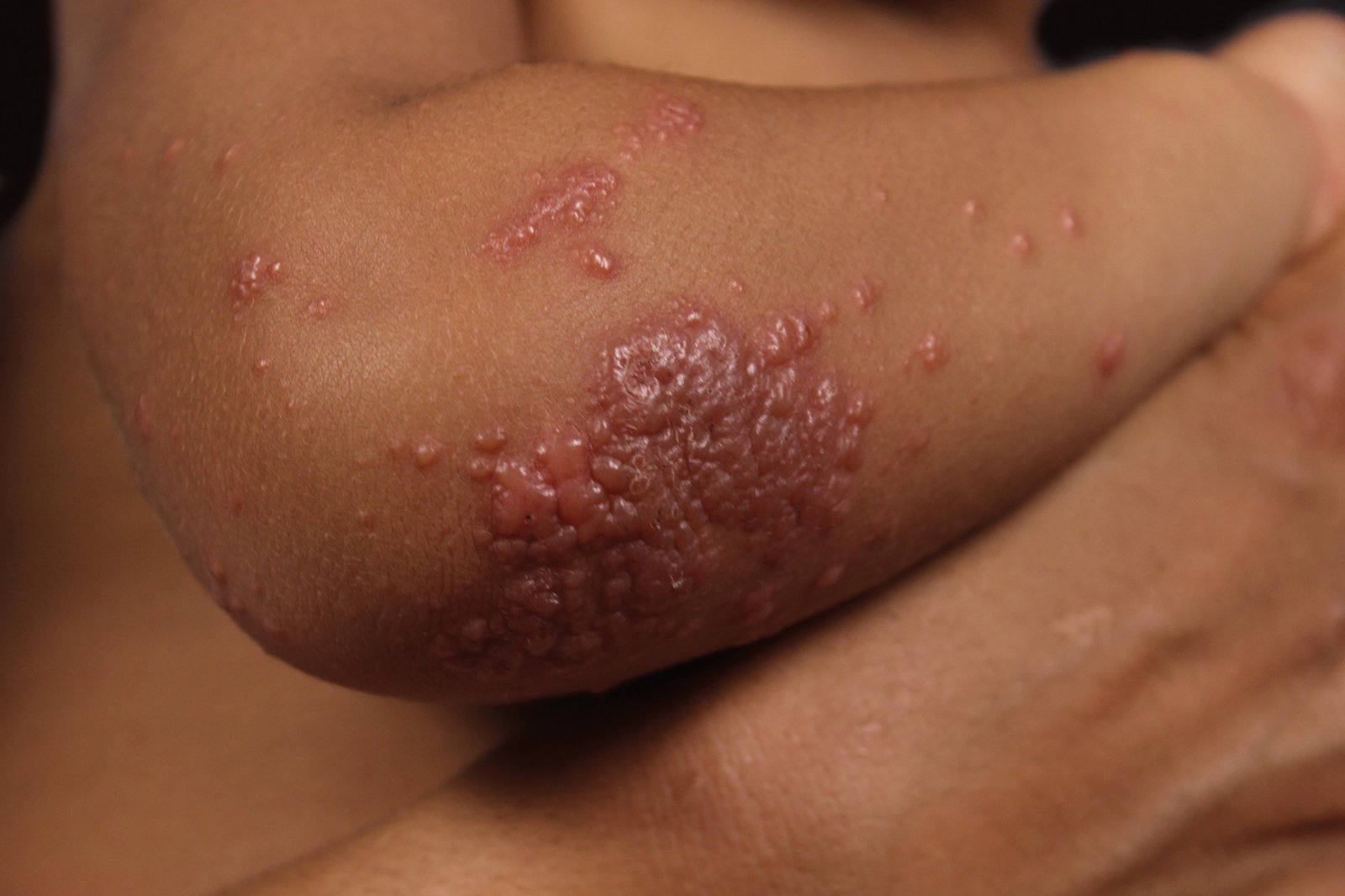Contents
Gianotti-Crosti syndrome is a relatively rare condition primarily affecting children, characterized by a distinctive rash in response to viral infections. While the syndrome’s exact cause is yet to be fully understood, it is generally benign and self-limiting. Treatment focuses on managing symptoms and preventing the spread of the underlying viral infection.
Gianotti-Crosti Syndrome: Causes, Symptoms, and Treatments
If you suspect your child may have Gianotti-Crosti syndrome, it is recommended to seek medical attention to ensure an accurate diagnosis and appropriate care.
The good news is that Gianotti-Crosti Syndrome is self-limiting, and most cases resolve without intervention. Treatment focuses on managing symptoms and ensuring the child’s comfort. Complications are rare, and the prognosis is generally excellent.
What is Gianotti-Crosti syndrome:
Gianotti-Crosti syndrome, also known as papular acrodermatitis of childhood, is a rare skin condition that primarily affects children between the ages of 9 months and 14 years. It is characterized by a distinct rash that typically appears on the face, buttocks, and extensor surfaces of the arms and legs. In this article, we will delve into the causes, symptoms, and available treatments for Gianotti-Crosti syndrome.
Causes:
The exact cause of Gianotti-Crosti Syndrome remains unknown, but there is evidence to suggest that it is linked to certain viral infections. The most commonly associated viruses include:
- Hepatitis B Virus (HBV): In many cases, the syndrome is triggered by an HBV infection, and the appearance of papules coincides with the acute phase of the infection.
- Epstein-Barr Virus (EBV): This virus, commonly responsible for infectious mononucleosis (mono), has also been linked to Gianotti-Crosti Syndrome.
- Cytomegalovirus (CMV): In some instances, CMV infection has been implicated in the development of the syndrome.
Symptoms:
The primary symptom of Gianotti-Crosti syndrome is a distinctive rash, which usually emerges abruptly and lasts for several weeks. The rash presents as small, flat, pink or red papules that often group together in clusters. It typically affects the face, especially the cheeks, and can extend to the buttocks as well as the extensor surfaces of the arms and legs. The rash may be slightly itchy, but it is generally not bothersome or painful for the child.
Other accompanying symptoms may include mild fever, enlarged lymph nodes, and occasionally, upper respiratory symptoms like a runny nose or sore throat. It is important to note that Gianotti-Crosti syndrome is a benign condition, and complications are rare.
Diagnosis:
Diagnosing Gianotti-Crosti syndrome involves a thorough physical examination and a review of the child’s medical history. The characteristic appearance of the rash, combined with the absence of other significant symptoms, is usually sufficient to determine the diagnosis. Occasionally, a skin biopsy may be performed to rule out other potential skin conditions.
Treatment:
Gianotti-Crosti syndrome is a self-limiting condition, meaning it resolves on its own without specific treatment. The primary aim is to alleviate any discomfort experienced by the child. Symptomatic relief can be achieved through measures like applying cool compresses to relieve itching or administering over-the-counter anti-itch creams. Doctors may also prescribe oral antihistamines to further alleviate itching.
Preventing the spread of the virus that triggered the syndrome is crucial. Simple hygiene practices like regular handwashing, covering the mouth and nose when coughing or sneezing, and avoiding close contact with infected individuals can help reduce the risk of spreading the virus and prevent future cases of Gianotti-Crosti syndrome.
Prevention and Outlook
As Gianotti-Crosti Syndrome is often associated with viral infections, preventing the spread of these viruses is crucial. Ensuring proper hygiene practices, especially handwashing, can significantly reduce the risk of transmission. Vaccination against hepatitis B is also an effective preventive measure.
FAQs:
Is Gianotti-Crosti syndrome contagious?
Gianotti-Crosti syndrome itself is not contagious. However, the viral infections associated with the syndrome can be transmitted from person to person.
Are there any long-term effects of Gianotti-Crosti syndrome?
Gianotti-Crosti syndrome is generally a self-limiting condition, and most children make a full recovery without any long-term effects. In rare cases, the rash may persist for several weeks or recur, but this is not typical.
When should I seek medical attention for my child’s rash?
If your child develops a rash, especially if it is accompanied by other concerning symptoms or is not improving after a reasonable period, it is recommended to consult a healthcare professional for an accurate diagnosis and appropriate management.
Can adults get Gianotti-Crosti syndrome?
While Gianotti-Crosti syndrome primarily affects children, there have been rare cases reported in adults. However, the condition is less common and may present differently than in pediatric cases.


Leave a Reply